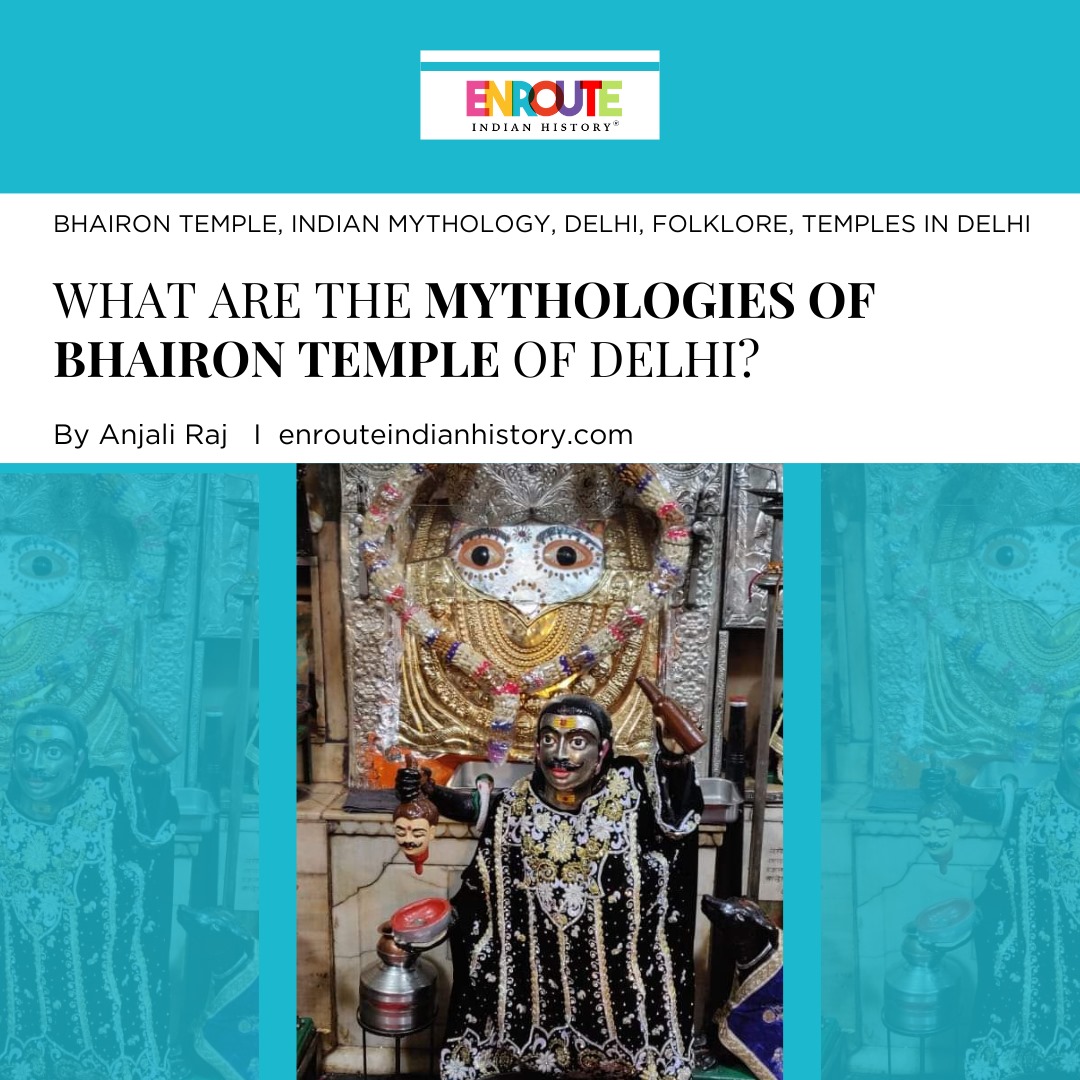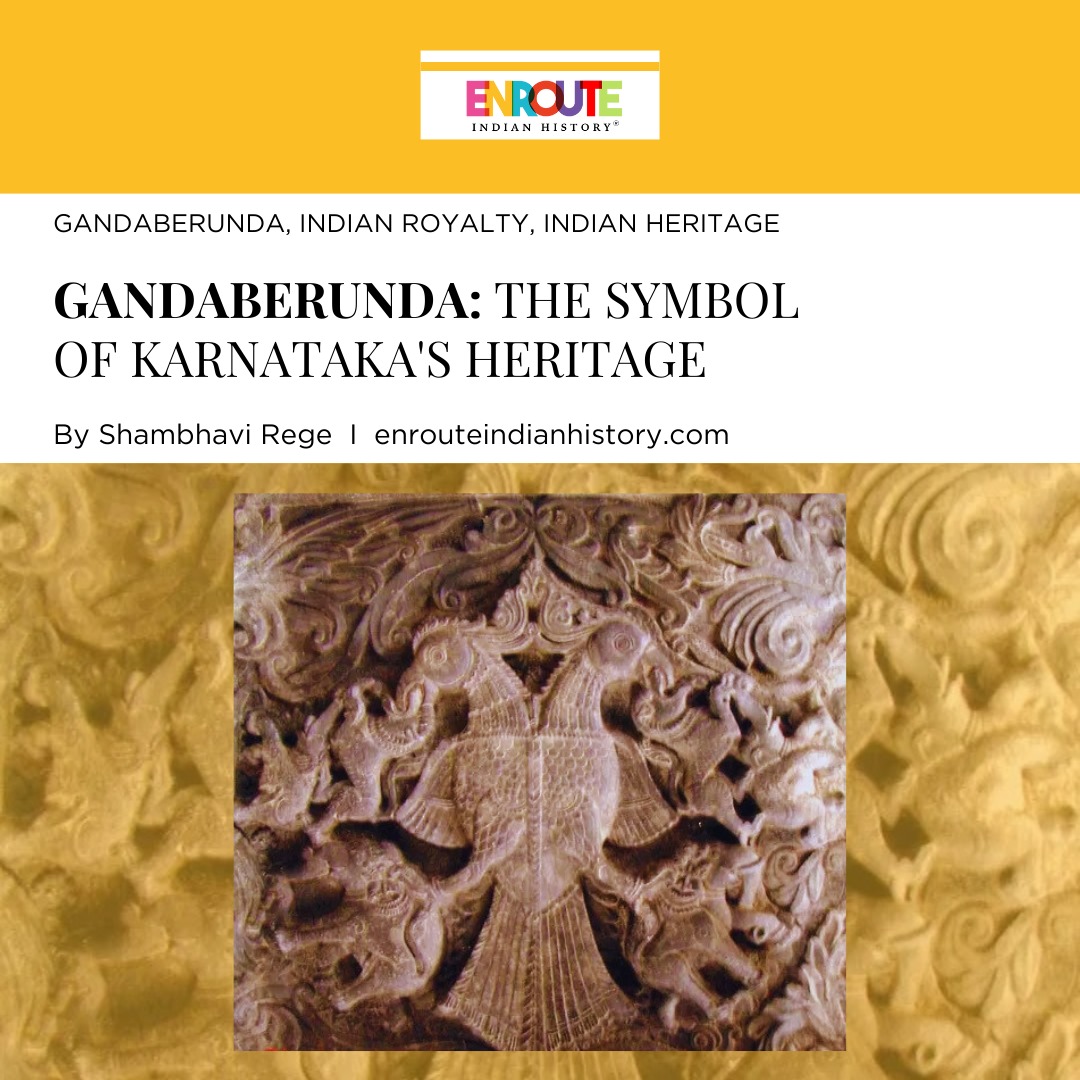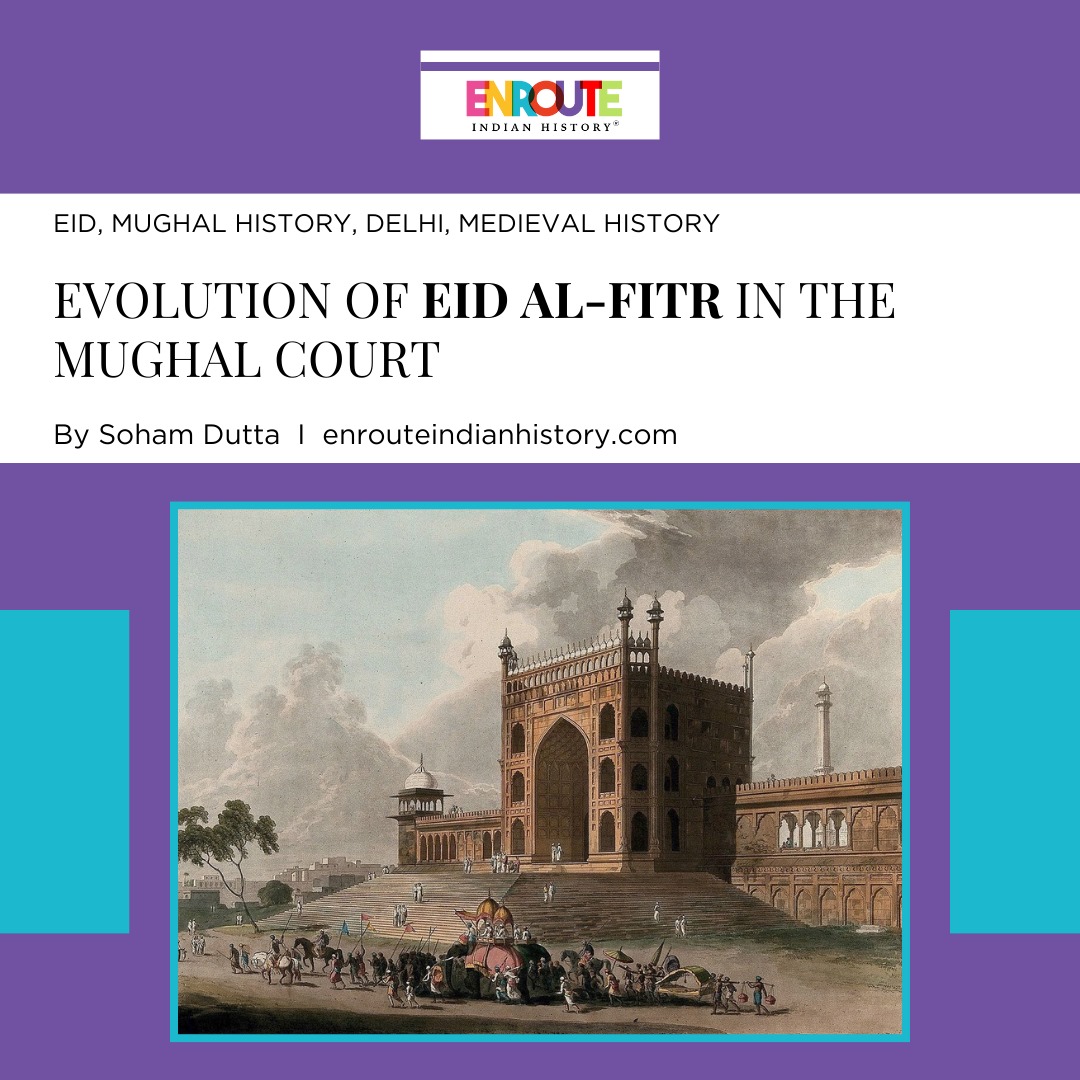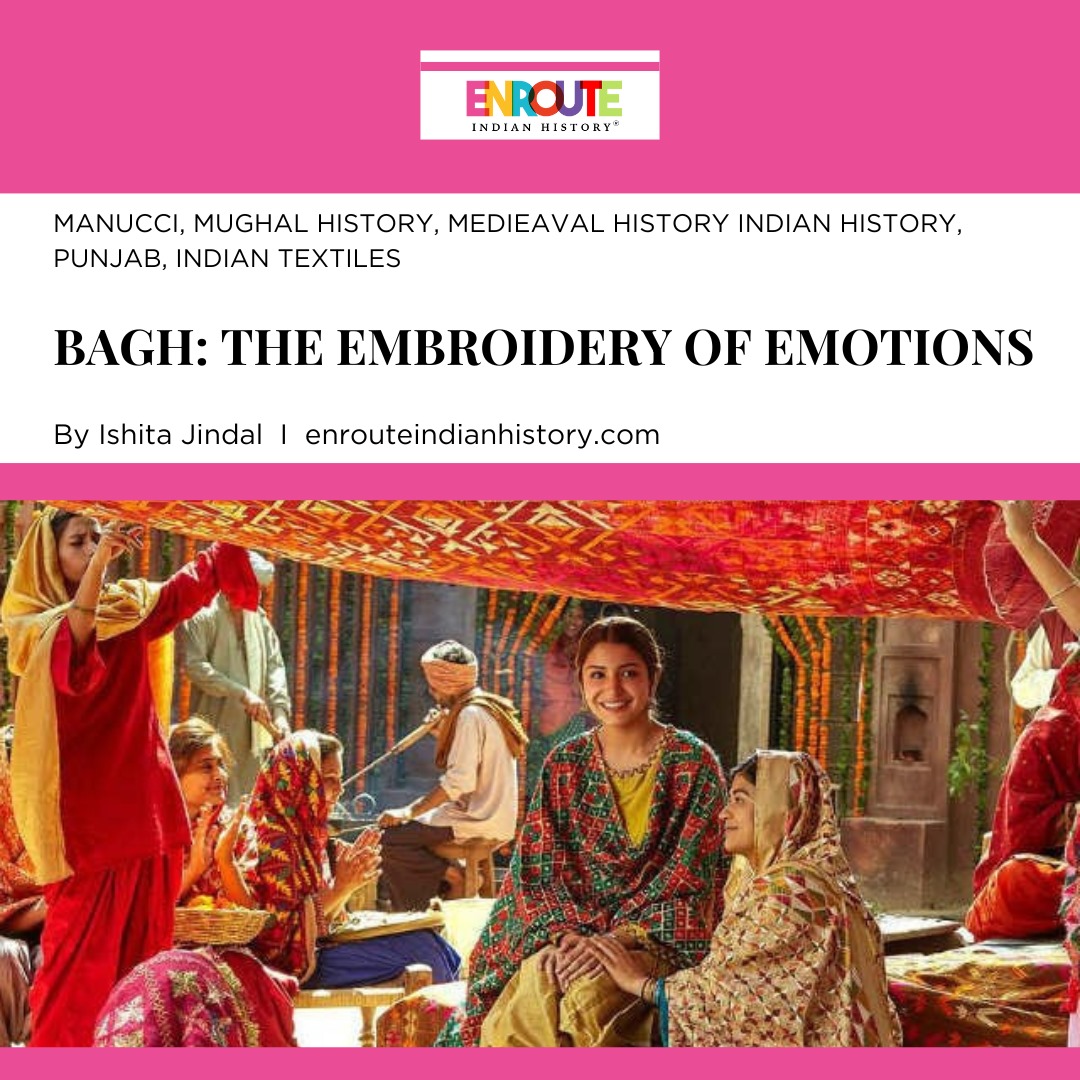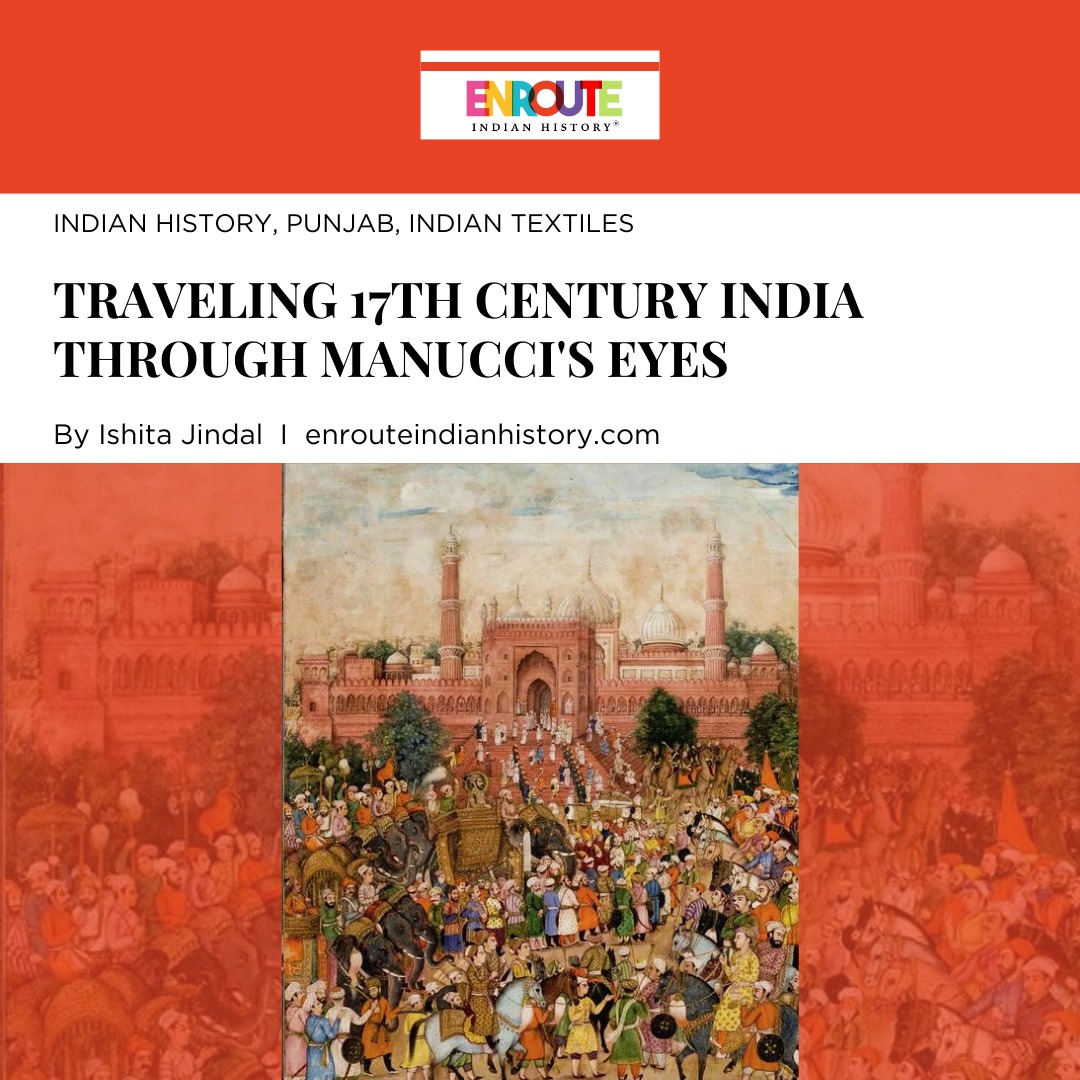
The Razmnama was a mammoth task undertaken by the Karkhana’s of Akbar. A man known for his tolerance and inquisitive nature towards native indian cultures, he sought to alter the appearance of Mughal rule by commissioning a complete translation of the Harivamsa. An important Sanskrit text often credited to Ved Vyasa, the Harivamsa is seen as an extension of the Mahabharata, diving into the Yadava Dynasty with special focus on Lord Krishna. The applauded text is divided into three parts; the Harivamsa Parva, the Vishnu Parva and the Bhavishya Parva. It follows the life of Krishna from birth to ascension, exploring his role in the Mahabharata in the context of divinity and spirituality.
THE FAMED GOVARDHAN PARVAT ILLUSTRATION
During Akbar’s reign, the text was translated and recreated in Persian where court scholars such as Abu’l-Fazl and Faizi played a key role. The final product was translated by Naqib Khan. It’s mostly remembered for the beautiful illustrations that accompany the stories, specifically the “Krishna Holds Up Mount Govardhan to Shelter the Villagers of Braj”. The painting dated 1590-95 CE, is seen as a confluence of Indian themes with Persian art styles. The MET museum Curator Navina Haidar refers to this painting as “one of the greatest masterpieces of world art given rise to by the openness of the Muslim mind”. The painting depicts the story of Krishna protecting villagers from the fury of Indra, the rain god. She talks about how the paintings present a dissonance from the courtly styles that focused on grandeur and showcasing riches. Instead, this painting provides a small glimpse into the cultures of rural India, much of which we still see to this date. There is a distinct Persian influence that marks this painting and can be noticed through the details such as the face shape of the characters. Another notable painting from this manuscript is “Krishna and Balaram Fighting the Enemy”. It’s a depiction of a war scene, with its style being very characteristic of Akbar’s reign.

Krishna Holds Up Mount Govardhan to Shelter the Villagers of Braj – MET museum

Krishna and Balaram Fighting the Enemy – MET Museum
INFLUENCES IN VAISHNAVISM
Even preceding the era of Akbar, Muslim rulers exhibited an appreciation for the arts and generously supported local artists. The Vaishnava school of art, deeply rooted in India’s cultural heritage, is a venerable tradition that reveres Lord Vishnu and his diverse avatars. As a prominent sect within Hinduism, Vaishnavism has significantly shaped the evolution of Indian art. This art form is characterised by its rich tapestry of mythological narratives, vividly portraying scenes from epics like the Mahabharata and Ramayana. At its core, Vaishnava art embodies the essence of bhakti (devotion), and this spiritual devotion permeates the artwork, capturing poignant moments of divine love and unwavering dedication. Islamic influences on Vaishnava art in India represent a captivating chapter in the country’s cultural and artistic history. Islamic architecture, characterised by intricate geometric patterns, domes, and arches, made its way into temple architecture in India, including those dedicated to Vaishnavite deities. Additionally, the art of miniature painting, highly cultivated during the Mughal era, played a significant role in the depiction of Vaishnava themes. These miniature paintings often featured scenes from Hindu epics such as the Ramayana and Mahabharata, merging Islamic-influenced artistic techniques with Vaishnavism narratives, as we saw with the aforementioned paintings. Persian and Arabic calligraphy, which were hallmarks of Islamic art, found their way into Indian art, sometimes adorning Vaishnavism manuscripts and temple inscriptions.
Vaishnavism art in the Malwa region, particularly during the rule of the Malwa Sultanate from the late 14th to the early 16th century, presents a captivating blend of cultural influences. Despite being an Islamic dynasty, the sultans of Malwa displayed remarkable religious tolerance, allowing for the continuation of Vaishnavism art. Temples dedicated to Vaishnavite deities in the region showcased a unique fusion of architectural styles, combining Islamic elements such as domes and arches with traditional Hindu temple design. Miniature paintings, a significant artistic medium of the time, occasionally featured depictions of Hindu deities like Lord Krishna, reflecting the syncretism and cultural diversity of the era. The sultans’ patronage of the arts, support for temple construction and renovation, and encouragement of artistic expression demonstrated the region’s rich artistic heritage. Despite the predominantly Islamic rule, Vaishnavism art in the Malwa Sultanate period stands as a testament to India’s ability to harmoniously blend diverse artistic traditions while preserving its cultural and religious diversity.
PROMINENT MUSLIM ARTISTS
Hailing from the desert town of Bikaner, the accomplished artist Hamid Ruknuddin emerged as a notable figure in the realm of artistry. Guided by the esteemed Ali Reza, Ruknuddin masterfully wove a tapestry of Indian themes with Islamic art styles. His talent garnered the favour of the Bikaner royalty, further enriching his artistic journey. Among his remarkable creations stands the painting “Radha comes to Krishna with her vena,” a masterpiece inspired by the timeless work “Rasikapriya.” Authored by the celebrated poet Keshavdas, “Rasikapriya” is a revered gem in Sanskrit literature, exploring the nuances of love and aesthetics. Its core narrative revolves around the fervent love shared between Lord Krishna and Radha, depicted with intricate metaphors and poetic finesse. Keshavdas’ profound command of Sanskrit shines through the work’s intricate verse structures. While rooted in earthly love, “Rasikapriya” carries spiritual depths, symbolising the soul’s quest for divine union.

Radha comes to Krishna with her vena – San Diego Museum of Art
In the 17th century, Mewar bore witness to the brilliance of Sahibdin, a prominent artist who etched an enduring legacy in the annals of art history through his mastery of Mughal miniature painting. Sahibdin’s acclaim rested on his exquisite brushwork and unparalleled attention to detail, traits that earned him favour within the illustrious Mughal court, drawing patronage from the likes of Emperor Jahangir. What set Sahibdin apart was his ability to transcend religious boundaries in his artistry, seamlessly weaving together courtly scenes with vivid depictions of Hindu deities and captivating mythological narratives. Among his notable creations are a series of Ragamala paintings and interpretations of the spiritual tales found within the Bhagavata Purana, each an exquisite testament to his artistic prowess.

An example of a work by Sahibdin. It depicts Krishna and Radha in a Bower, a scene from a dispersed Gita Govinda – Wikipedia
This crossover of distinct cultures is rather difficult to imagine in today’s divided world. Yet, a young woman by the name of Jasna Salim keeps the passion of religious intersection alive. The 30-year-old Muslim woman has made over 500 paintings of lord Krishna that she promptly gifts to the Guruvayur Sri Krishna Temple. In an interview with Hindustan Times, the untrained artist claimed that she could only draw the image of infant Krishna with such perfection and failed to carry the capability to other themes. Hailing from Kerala, her patrons extend far beyond as they admire her blissful creative gift.
References
- April 25, 2024
- 14 Min Read



